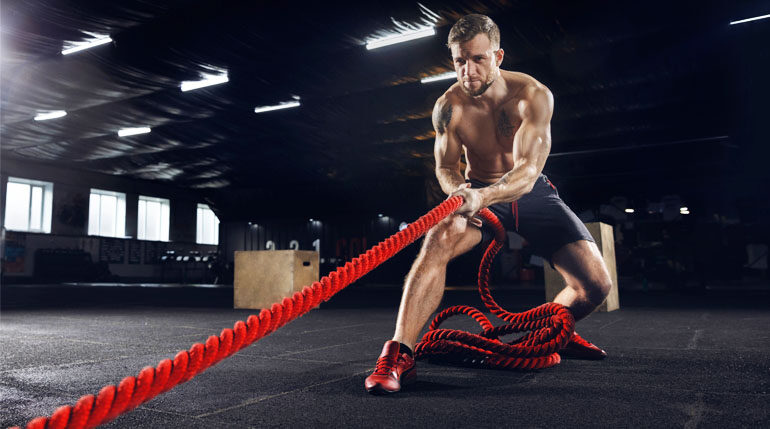
Strength Training
Strength training has been debated in the field of body conditioning and muscle strengthening for the longest time. The main reasons for this is that there are several types of strength and a number of ways to evaluate each one.
Absolute Strength
Absolute strength, the greatest amount of weight an athlete can lift, is the most common type of strength that is often talked about. Weight lifting champions need maximum absolute strength to put forth a successful competition.
Relative Strength
The absolute strength divided by the body weight of an athlete is referred to as relative strength. It is the most popular form of strength within the athletic arena. Relative strength is crucial for athletes who compete in sports that are related to weightlifting.
Functional Strength
Functional strength refers to the amount of strength that an athlete can use on the field. This form of strength is unrelated to weightlifting. Functional strength training is a popular form of training within the sports world and it aims at developing the functional strength of the body. This form of strength training is challenging.
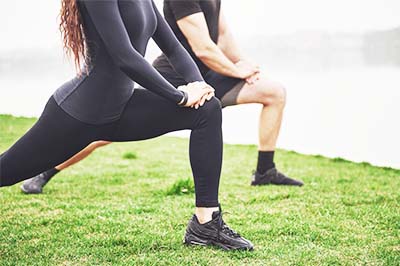
Sport specific training involves exercises that are included towards the later phases of training when an athlete develops a specific amount of strength. This form of training includes sport skills as well as light resistance. An example of sport specific training drills would include resistant running with bands, pushing a blocking sled, and swinging heavy objects. Functional training, on the other hand, focuses more on the applying strength to a sport skill which involves the coordination of various muscles. For example, a single-leg stability ball bridge improves running by enhancing the hip extension. Functional training enhances and athlete’s strength and helps them apply strength to a sports skill.
Why Functional Training ?
Minimal Equipment
Functional training requires basic equipment as this form of training focuses more on movement than on the use of equipment. Therefore, a few sets of dumbbells, some additional balls, resistance bands, hurdles and a few stability balls are all one requires to get through an entire session of training. What’s more, one can get through a functional training session from the smallest place they can find, be it a room, an office space, or a balcony. The equipment is low-cost which makes functional training a very approachable and doable form of workout. With the work-from-home culture, one has very little time to accommodate a workout session. Hence, getting ahold of a few types of non-expensive equipment and a workout mat is easier than running to the gym and trying to make it back in time. Functional training circuits are extremely effective and they can be done anywhere within a time period of 20 to 40 minutes.
Strength Without Increase in Muscle Size
An interesting characteristic of neuromuscular adaptation is that one can get stronger without having to get heavier or bigger. This is a huge advantage for those who wish to get stronger but without gaining or dropping excessive amounts of weight.
Coordination between the muscles also allows the body to divide the load between multiple muscle systems. This distribution of work throughout the body creates less stress on a particular muscle, thus reducing the need for that muscle to get bigger or heavier. Functional training involves toning of the entire body, not just a particular muscle.
Performance benefits
Functional training focuses on helping improve any sport skill. For example, the single leg exercises aim at molding the hamstrings and glutes to extend the hips and stabilize the body, thus increasing the speed of walking and running. The pushing and pulling exercises and hands the art of boxing, pushing, swimming and throwing.
Myths about Functional Training
In order for a training to be effective it does not have to include optimal (functional) transfer. The difference between effective training and optimal training is that training can be effective without being optimal, that is, an individual can practice knee extensions and leg curls to improve running and jumping to a certain degree, but while these exercises will enhance general strength that is needed for running or jumping, they will not be as effective as single-leg exercises that help develop general, special and specific strength. General strength is usually developed by practicing traditional strength exercises such as squats, leg presses and leg curls. Special strength is developed by functional exercises such as single-leg squats and single-leg stability ball bridges. Specific strength is developed by resistant running drills or running uphill.
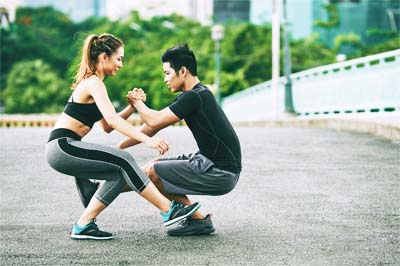
Not All Proprioception is Created Equal
Proprioception, or how the body reads information from various other body parts as well as the environment, is the language that the nervous system uses to figure out the effects of a certain circumstance on the body and how it should react to that situation. Functional training helps produce more meaningful information than other bodybuilding exercises do. For example, the reaching lunge requires more coordination between muscle systems on the posterior aspect of the hips and so it uses related muscle groups in a more consistent manner with the running motion. This form of complex coordination requires more proprioceptive feedback between the muscular system and the central nervous system.
Balance versus Stability
Balance refers to the stability produced by an even distribution of weight on either side of the body. It promotes a state of equilibrium. Stability, on the other hand, is the quality or degree of being stable. For example, the strength to stand. In simpler terms, balance manipulates opposing forces to create a stable state over base of support, whereas stability is the body’s ability to control unwanted motion in order to maintain a position.
Thus, Functional training must concentrate on the process of stability in order to maintain proper athletic positions. Looking to hire functional fitness trainers. Head over to our Trainers Section and choose the right trainer for yourself and book a trial session!
Do not miss a single article!
Submit your email id to get new articles directly into your email inbox!
- Employee Wellness Programs: They Really Work! - October 21, 2022
- Yoga Teacher Training Standards - November 18, 2021
- Why You Will Never Go Hungry Again - October 25, 2021
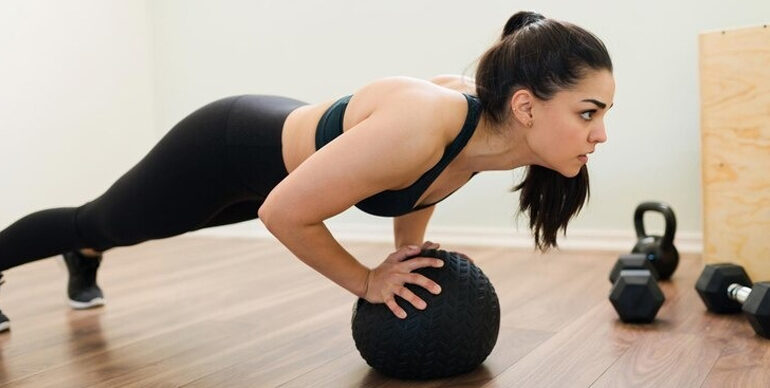
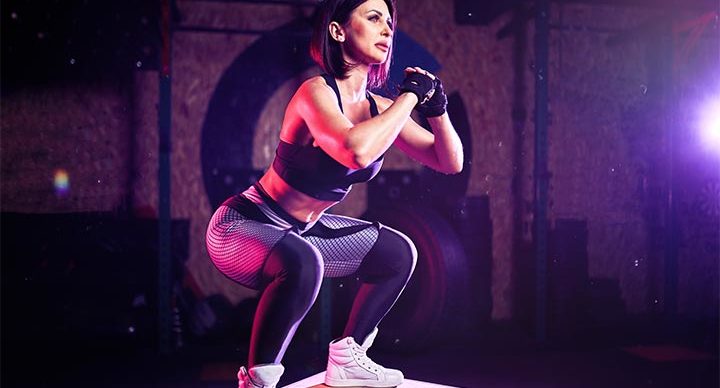
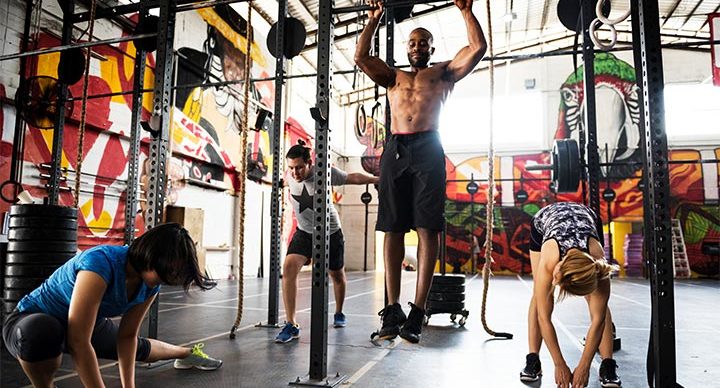
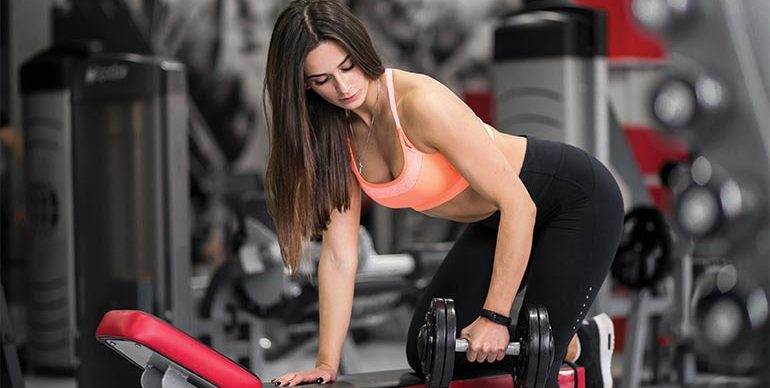
Add Review